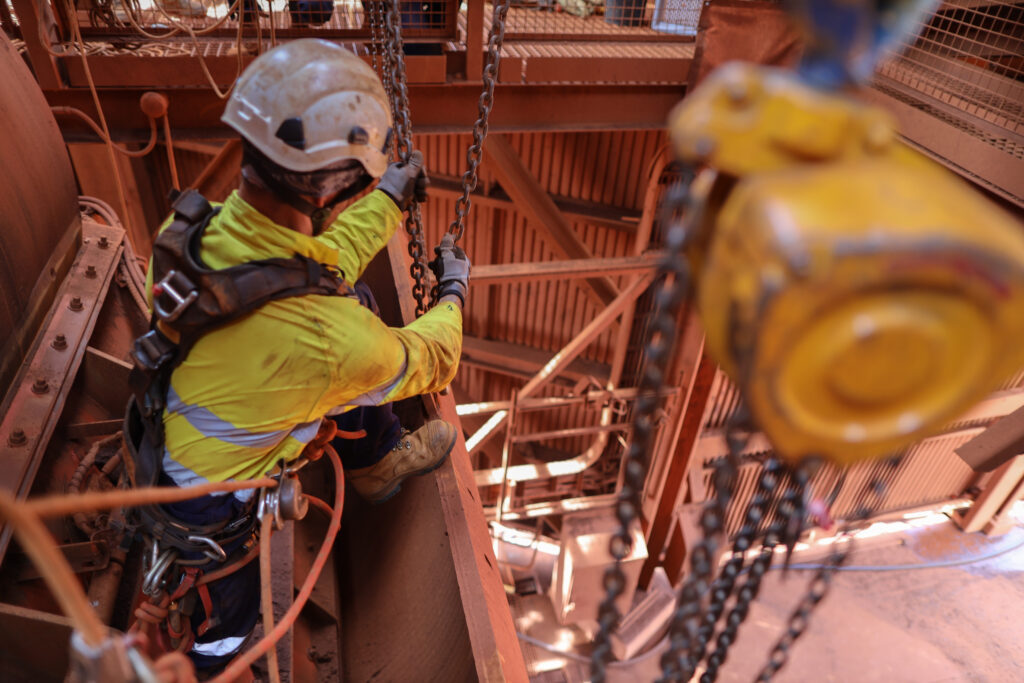December 26, 2024
How to Prevent Fall-Related Incidents on Job Sites

December 26, 2024

Falls are still one of the top reasons workers end up in the ER, and not in a cool “I saved the day” way. We’re talking hard landings, serious injuries, and the kind of paperwork nobody enjoys. But here’s the good news, most of them are totally preventable. Let’s break down how to outsmart gravity and keep your team safe, one step at a time.
OSHA defines “work at height” as anything that puts you at risk of a painful plummet. Common high-risk zones include:
Bonus hazard alert:
OSHA has your back with required guardrails, safety gear, and PPE for keeping humans off the hazard list.
Here’s what works before anyone takes a dive:
Guardrails, Toeboards, and Covers:
Designated Areas and Warning Lines:
Regular Safety Audits:
When all else fails, you need a safety net, literally and figuratively:
Personal Fall Arrest Systems (PFAs):
Safety Net Systems:
If your team’s not trained, your fall gear might as well be decorative. Here’s what employers need to handle:
Plan Ahead:
Provide Equipment:
Train Everyone:
Falls are scary enough, but what about getting caught in machinery or smacked by a falling object? Don’t sweat it, we’ve got a course for that. Check out our Workplace Safety: Caught in Between and Struck By Hazards Training Course to cover those risks too.
If you’re unsure about your current fall safety plan or if your crew needs a refresher, now’s the time. Don’t wait for an accident to rethink your protocols. Make safety part of your culture and train like it matters, because it does. Keep your team grounded with our Fall Prevention and Protection Training Course.